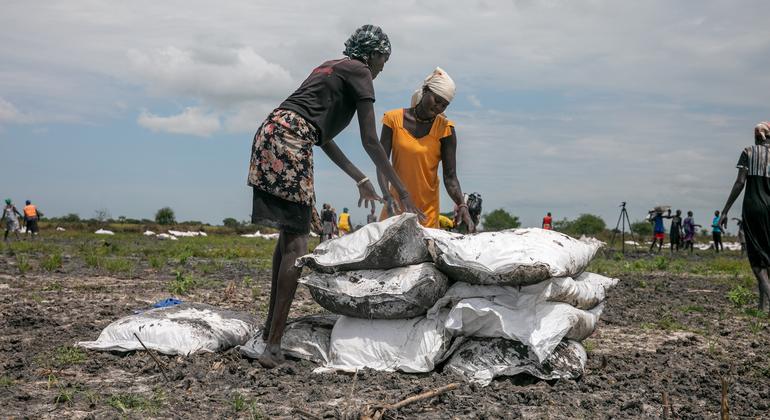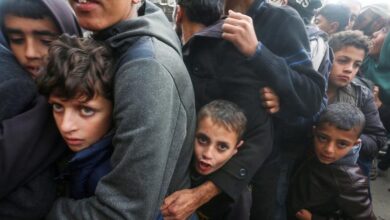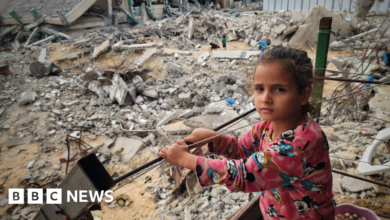The hunger and cholera crisis escalates in South Sudan as demand increases

United Nations World Food Program (WFP), World Health Organization (WHO) and the United Nations Children’s Fund (UNICEF) has sounded the alarm about worsening hunger, malnutrition and epidemics in the world’s youngest country.
WFP warning that the food situation in South Sudan has reached critical levels, with more than half the population facing “crisis level” hunger – classified as at least IPC3 on the food insecurity scale five-point global.
The situation is further exacerbated by the fact that the UN food agency does not have the funds to prepare supplies for next year, as the agency also faces challenges in reaching communities in need due to Seasonal road closures and excessive costs associated with airlift aid.
“WFP currently has no food supplies in South Sudan to prepare for a humanitarian response next year,” said Shaun Hughes, WFP’s acting country director for South Sudan.
He added that the country’s limited road network is impassable for much of the year, especially in areas with the highest levels of food insecurity.
“Airdrop is always WFP’s last resort. Every dollar spent on airplanes is a dollar not spent on food for the hungry. But there is a simple solution: get food to communities by road before supplies are cut off due to heavy rain and flooding.”
Complexity factor
The country’s hunger crisis is complicated by many factors, including high food prices, economic instability, ongoing conflict and a wave of refugees from neighboring Sudan, where conflict between Government troops and powerful rival militias are also escalating.
Severe flooding not only destroyed crops but also displaced entire communities, leaving them dependent on humanitarian assistance to survive.
WFP’s current resources can only reach 38% of people in need during the 2024 lean season, with most recipients receiving only half rations.
Outbreak of cholera
In addition to the food crisis, South Sudan is also grappling with a cholera outbreak in Renk district, a key entry point for fleeing refugees and returnees. conflict in Sudan. As of the end of October, health authorities reported 50 suspected cases of cholera, including six confirmed cases, among refugees, returnees and local communities.
The outbreak, fueled by overcrowded living conditions and limited access to clean water and sanitation, threatens to spread as populations displaced by flooding increase.
In response to the epidemic, South Sudan health authorities, supported by WHO, established a cholera task force to coordinate containment efforts. It also established two treatment units, a 10-bed facility at Renk Civil Hospital and a smaller facility in Wunthou, a key entry point.
WHO has also deployed rapid response teams consisting of state coordinators, epidemiologists, water, sanitation and hygiene (WASH) experts and infection prevention experts. It also delivered 12 tons of emergency medical kits to Renk, enough to treat 74,000 people, including cholera-specific supplies.
“WHO is committed to supporting the South Sudan Ministry of Health in strengthening disease surveillance, improving response coordination and ensuring the availability of medical supplies,” said Dr. Karamagi.

Boys walk through flooded fields in Bentiu, Unity state, South Sudan.
Children at risk
Children under five are especially vulnerable in South Sudan’s growing crisis, facing high levels of malnutrition and limited access to basic services.
UNICEF recently screened 1,800 children under 5 years of age for malnutrition at entry points in Greater Bahr el Ghazal, finding 485 children to be malnourished, including 150 severely malnourished.
In response, UNICEF provided essential clean water services to approximately 40,000 people in flood-affected areas, helping to reduce the risk of waterborne diseases.
In addition, the agency supported the enrollment of more than 3,000 returnee and refugee children in local schools in Renk, Kodok and Malakal, while 216 children participated in basic English classes at the Center. Renk Transport, an effort to support the integration of displaced children into host communities. .




